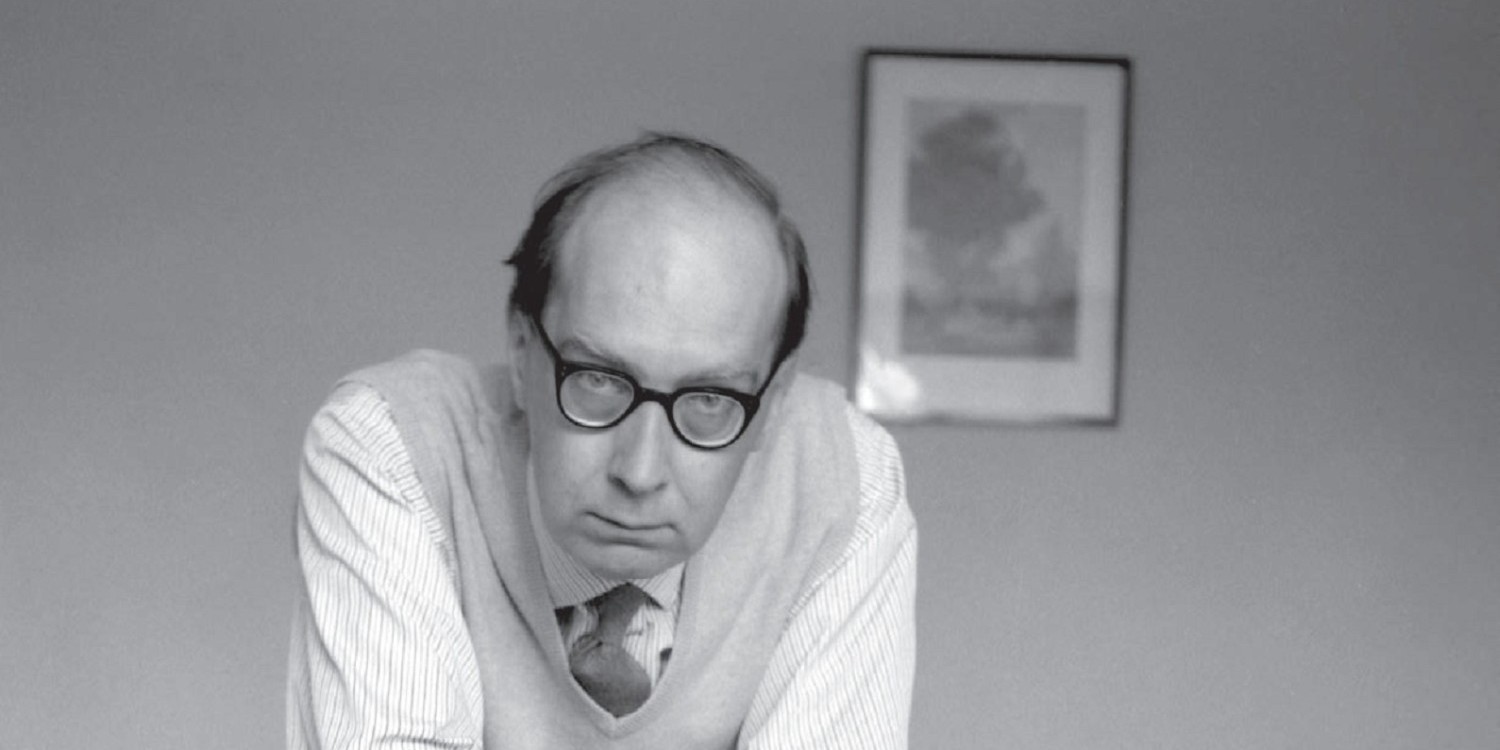Artistic representations of Toussaint Louverture through the ages
In 1975, the Black writer Ntozake Shange completed her verse play for colored girls who have considered suicide/when the rainbow is enuf. In this work, which has become one of the classics of the modern feminist dramatic repertoire, seven African American women discussed their experiences of racism and sexism in society, and the creative strategies they devised to counter them. One of the characters, the “Lady in Brown,” spoke of her mind-blowing discovery of Toussaint Louverture as an eight-year-old child from St Louis. After entering a reading contest in her local library, she was swept away












